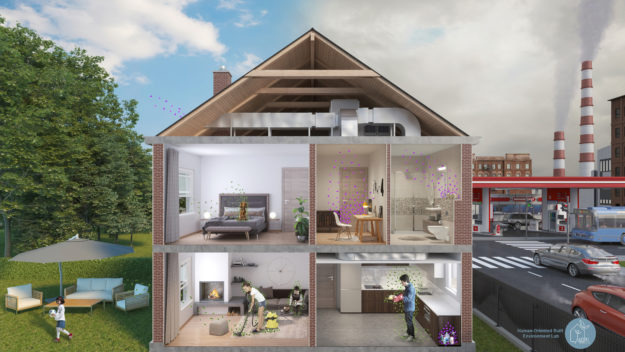A significant body of research shows that heating, ventilation, and air conditioning (HVAC) systems can do more to support human performance and experience. Implementation of occupant-centric HVAC control is challenging, because it involves understanding of spatial and temporal variations of different air quality and thermal comfort factors in indoor environments.
In addition, there are important unanswered questions surrounding sensor type, intrusiveness to occupants (placement), optimal number and accuracy that need to be addressed in order to secure robust and human-oriented HVAC control.
Finally, occupants’ activities and preferences in buildings have dynamic nature which poses an additional challenge for HVAC system to timely response and satisfy individual preferences.
In order to contextualize and understand the importance of these challenges, a research roadmap aims to extend the building-centred HVAC control strategy to one that tackles occupants needs in an energy-efficient manner.
The effort to advance knowledge of spatio-temporal variability of indoor environment combined with optimal sensing strategy is important not only for improving scientific understanding of indoor environments and energy saving potential, but also to develop control algorithms that can ultimately be incorporated into HVAC control logic on a wider scale.
